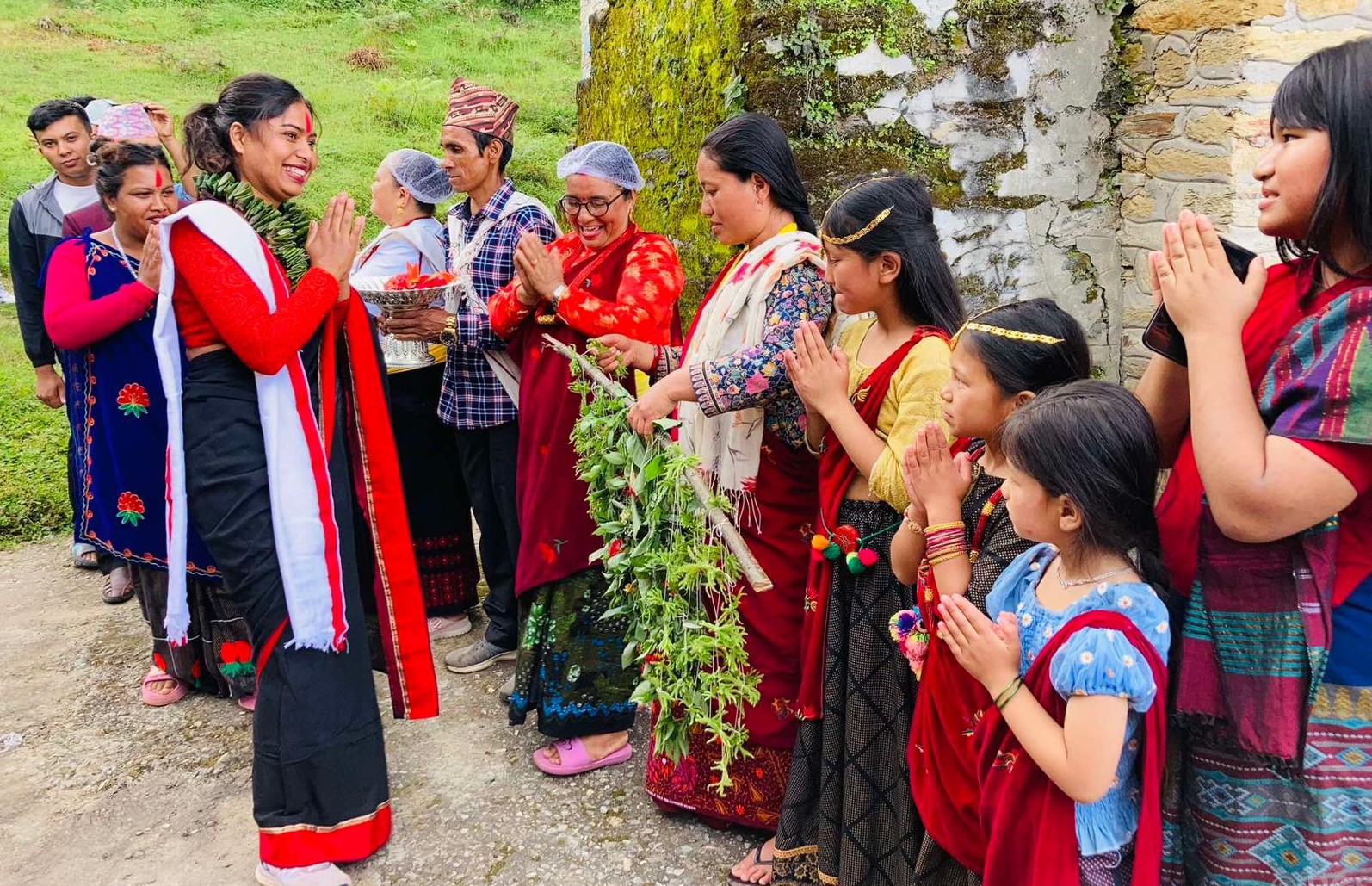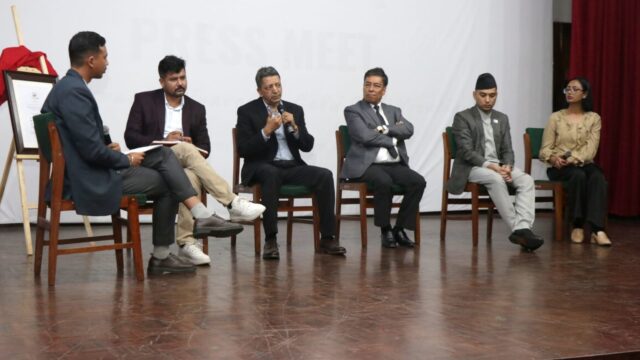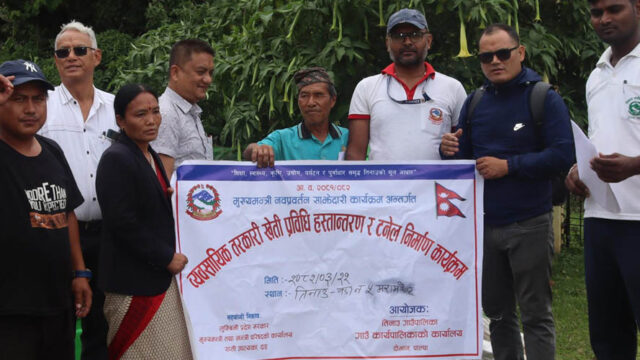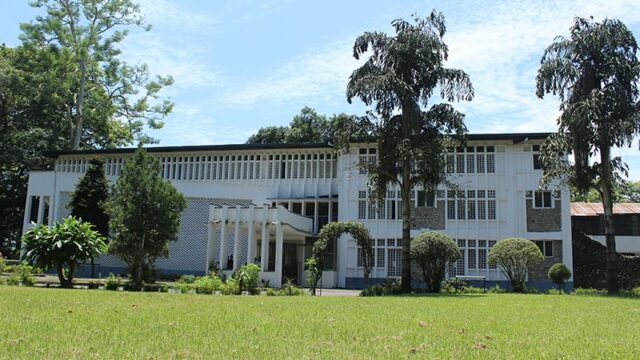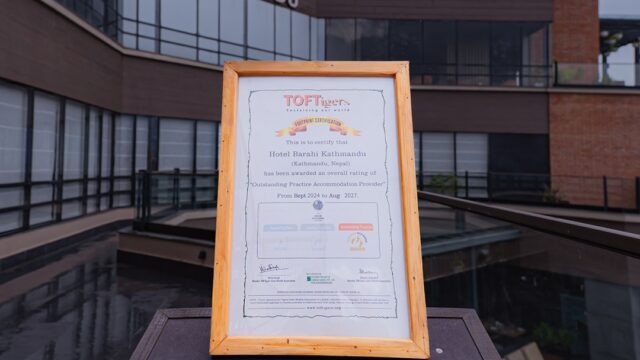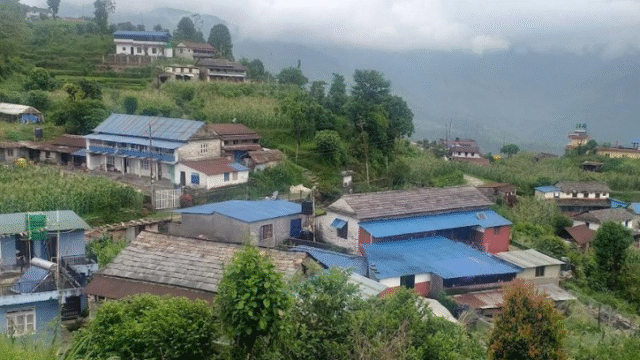Dhorpatan, Nepal’s only hunting reserve, has become a popular destination for both young and elderly travelers alike. Whether it is summer or winter, buses running along the Baglung-Burtibang and Dhorpatan-Saljhandi routes frequently carry tourists to this scenic region. However, most visitors only reach the lower part of the reserve, known as Patan, and return without exploring the more picturesque areas, such as Bukhi and other natural wonders within the reserve.
The lack of proper accommodation and dining options has long been a challenge for tourists visiting Dhorpatan. Though a few restaurants cater to their hunger, finding a comfortable place to rest remains a problem. Local resources and products are abundant, but tourists rarely get the opportunity to enjoy them due to poor management.
However, things are set to change. The issue of food and accommodation for tourists is being addressed, and visitors to Dhorpatan can now enjoy a variety of local delicacies such as sekwa, kachila, roasted soybeans, and choila. Additionally, traditional Newari food sets, millet-based dishes like dhido, nettle soup, and locally produced dairy products are becoming popular options for tourists.
Tourists will now have the chance to experience local life by staying in homestays run by the community. This initiative allows visitors to immerse themselves in the authentic lifestyle of Dhorpatan residents while enjoying the region’s unique natural beauty. In Burtibang, 27 local youths from Dhorpatan and Nisi are currently undergoing training to provide homestay services for tourists. Under the guidance of Narayan Lama, who has successfully operated the Patlekhel Community Homestay in Dhulikhel since 2010, these youths are learning how to prepare local dishes to offer to visitors.
“Organic production is the main characteristic that makes homestays viable in this region,” Lama said, emphasizing the appeal of the area’s natural environment and local cuisine. The participants are learning how to make various dishes from locally sourced ingredients, including corn biscuits, apple wine, honey-based recipes, and millet products.
Many local youths who previously planned to go abroad in search of work have now shifted their focus to developing tourism in their own backyard. Lok Bahadur Shahi, a resident of Nisikhola Rural Municipality-3, shared his story: “I had plans to go to Japan, but now I’ve realized there’s more opportunity here at home.” Shahi is preparing to run a homestay using the produce from his own farm. “We didn’t know we could turn our own products into valuable modern dishes, and that’s why many of us left for foreign jobs,” he added.
Like Shahi, many other youths from Nisi and Dhorpatan have revised their plans to work abroad. Som Pun, a youth from Dhorpatan Municipality-5, recalled how tourists often had no place to stay when they visited. “We didn’t realize there was business and income right in our own homes. Now I’ve changed my mindset,” he said, outlining his plans to market his farm’s produce through his homestay.
The homestay model is also being embraced by small hotel and restaurant owners around the reserve and the Mid-Hills Highway. Sita Bhusal, who runs a hotel in Nisikhola, admitted that she used to buy supplies from larger markets instead of selling local produce such as greens, corn, and millet. “I thought people from the cities would only want food from there, but it turns out they actually want to try local cuisine,” she noted.
Nisha Ghartimagar, from Dhorpatan-9 Sukurdhungi, was also planning to go abroad after completing her high school education. However, after attending a homestay training program, she decided to stay and develop her small tea shop near the local school into a full-fledged business. “Now, I feel confident that I can create opportunities right here in my village,” she said, emphasizing the potential for growth through better management of local resources.
Project leader Amar Thapa announced that the Sustainable Tourism Project is working to develop 30 homestays in Dhorpatan Municipality and Nisikhola Rural Municipality. “We have already provided kitchen and bedding materials worth Rs 250,000 to five homestays in these areas, and we plan to support an additional 30 aspiring entrepreneurs,” he said. Thapa added that 150 youths are currently being trained under the project, which runs until 2026, with further assistance from the Business Innovation Center (BIC).
The Dhorpatan and Nisi areas offer significant potential for sustainable tourism, and locals are being equipped with the skills and knowledge to turn their villages into successful tourist destinations. With the combined efforts of the government, local communities, and international organizations, Dhorpatan is poised to become a hub for eco-tourism, benefiting both residents and visitors alike.
